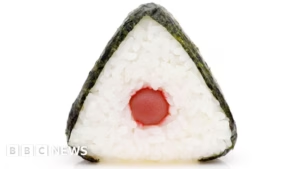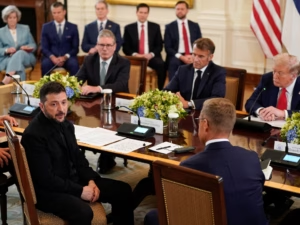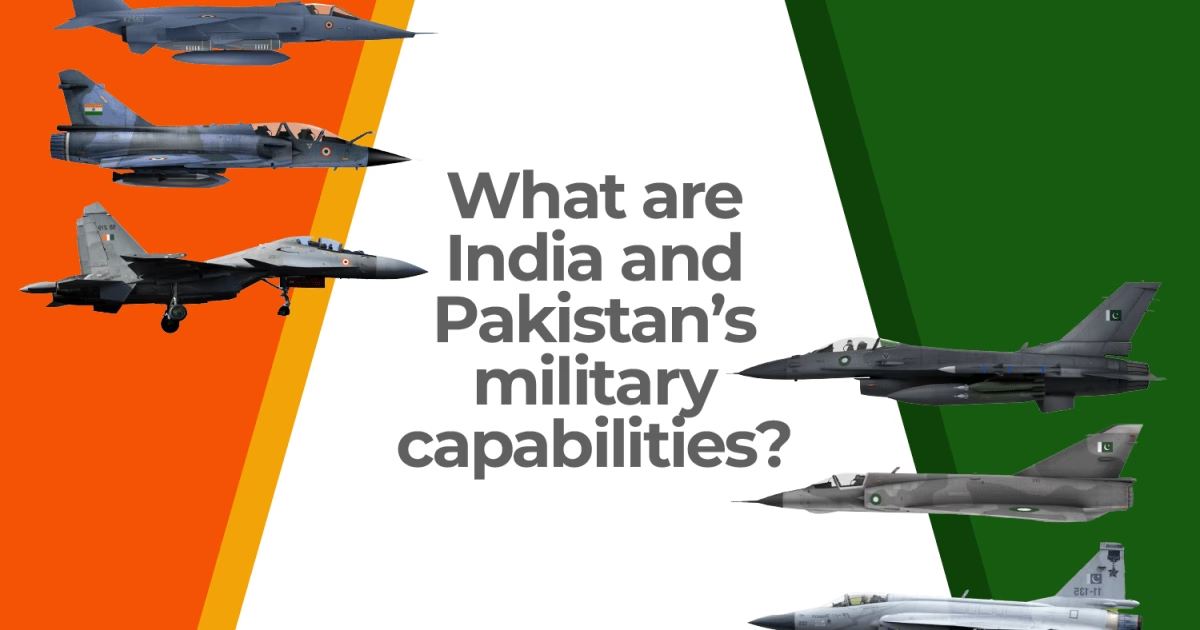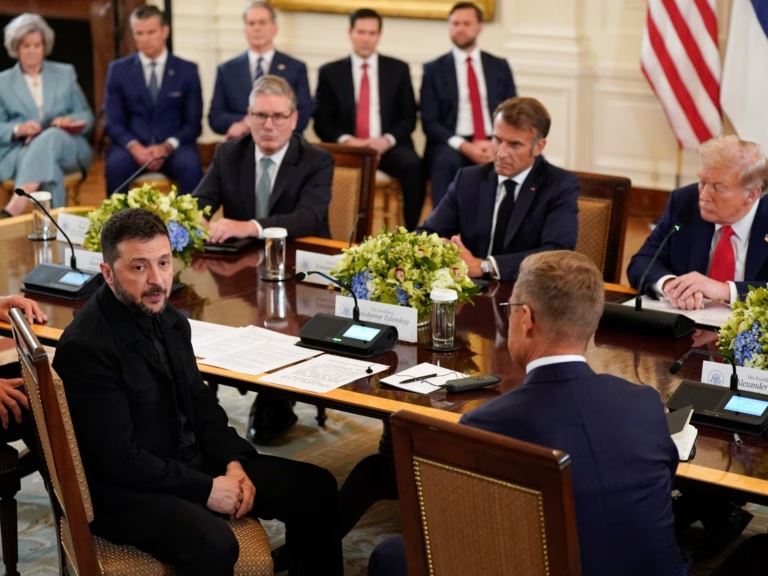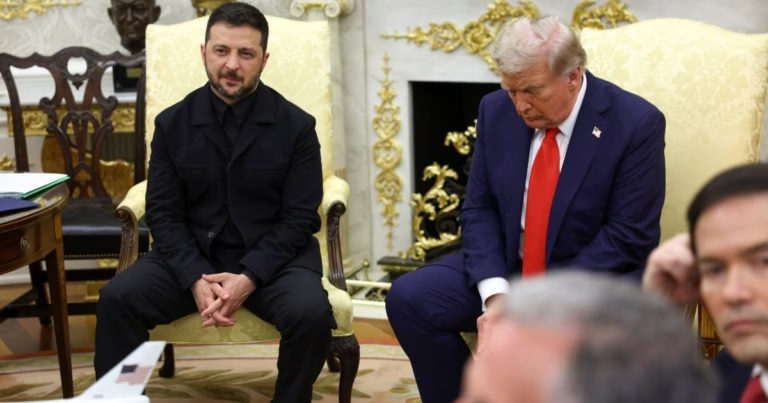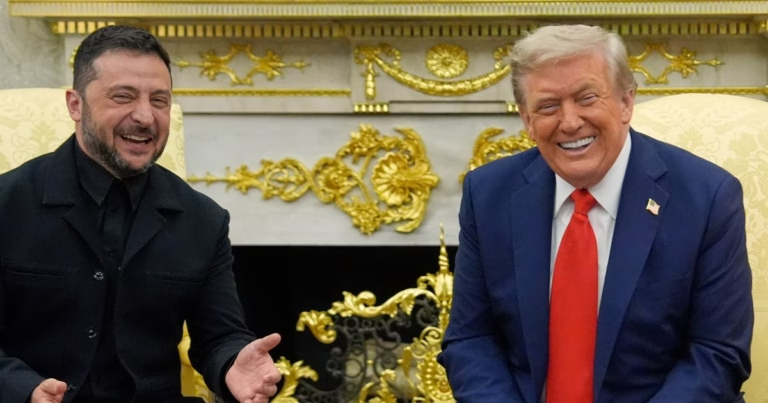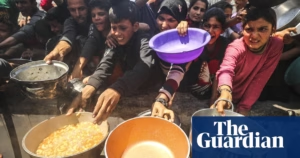India’s Operation Sindoor targeted locations identified as “terrorist infrastructures.”
In response, Pakistan claims to have shot down five Indian aircraft, a claim that remains uncommented upon by India. According to Indian officials, Pakistani fire has resulted in the deaths of at least 10 civilians in Indian-administered Kashmir since Wednesday morning.
Al Jazeera represents a visualization of these events and the military capacities of both nations.
Why Did India Attack Pakistan?
On Wednesday morning, Pakistan’s military announced that Indian missiles had struck six locations, including four in Punjab province, marking the first instance since the 1971 war that India has targeted its most densely populated state.
Two additional sites attacked were Muzaffarabad and Kotli, both within Pakistan-administered Kashmir.
India also claims to have hit a seventh location, Bhimber, also situated in Pakistan-administered Kashmir.
The strikes are India’s response to a deadly tourist attack on April 22, where gunmen killed 25 tourists and a local pony driver in the scenic town of Pahalgam, in Indian-administered Kashmir. Witness accounts suggest the attackers separated the men from the women and aimed to target non-Muslims, before fleeing the area. Despite a 16-day pursuit, Indian security forces have yet to apprehend them.

India and Pakistan’s Tensions At a Glance
Following the partition by British colonial rulers in 1947, the Indian subcontinent was divided into Muslim-majority Pakistan and Hindu-majority India, leading to one of the largest migrations in human history.
Seventy-eight years later, the two nations remain adversaries, now with nuclear capabilities.
The tensions have escalated following the Pahalgam attack.
The Muslim-majority Kashmir region, previously a princely state, has been disputed since partition. India, Pakistan, and China all control parts of Kashmir. India claims the entirety, while Pakistan claims the Indian-administered portion.
The nations have fought four wars and experienced numerous cross-border clashes and escalations, including a 2019 instance following a suicide attack claimed by the Pakistan-based Jaish-e-Muhammad group that killed at least 40 Indian soldiers.
In response, India launched airstrikes in Balakot, Khyber Pakhtunkhwa, claiming its jets struck “terrorist” bases. The effectiveness and accuracy of these strikes have been questioned by some analysts.

What Are the Military Capabilities of India and Pakistan?
According to Global Firepower’s 2025 military strength rankings, India is the fourth-strongest military power globally, and Pakistan is the 12th.
India ranks fifth in military spending worldwide, having spent $86bn in 2024, or 2.3 percent of its GDP, according to the Stockholm International Peace Research Institute (SIPRI), a leading defence and armaments think tank.
Pakistan spent $10.2bn, or 2.7 percent of its GDP, in 2024.
India’s military personnel total 5,137,550, nearly three times the size of Pakistan’s 1,704,000.
India has 2,229 military aircraft, compared with Pakistan’s 1,399.
India possesses 3,151 combat tanks, compared with Pakistan’s 1,839.
Pakistan’s navy, covering its 1,046km southern coastline in the Arabian Sea, has 121 naval assets, whereas India’s mainland coast, extending nearly 6,100km, has 293 naval assets.

India and Pakistan’s Nuclear Arms Race
Per the International Campaign to Abolish Nuclear Weapons (ICANW), in 2023, countries spent an estimated $91.4bn on nuclear weapons. India contributed $2.7bn and Pakistan $1bn to these expenditures.
India’s first nuclear test occurred in May 1974, followed by five more tests in May 1998, declaring itself a nuclear weapons state.
Pakistan conducted its first nuclear tests shortly after India’s in 1998, also becoming a nuclear weapons state.
This arms race has cost both nations billions of dollars.
Who Supplies Arms to India and Pakistan?
According to SIPRI, the cross-border tensions fuel arms imports by both countries.
India was the second-largest arms importer from 2020-2024, after Ukraine, accounting for an 8.3 percent share of global imports. Most of India’s imports come from Russia, with a shift to sourcing from France, Israel, and the United States.
Pakistan’s arms imports increased by 61 percent between 2015-2019 and 2020-2024, including deliveries of combat aircraft and warships. On a global scale, Pakistan is the fifth-largest arms importer with a 4.6 percent share in 2020-2024.
Since 1990, Pakistan’s primary supplier has been China. China supplied 81 percent of Pakistan’s arms imports in 2020-2024; Russia provided 36 percent of India’s arms during the same period.


